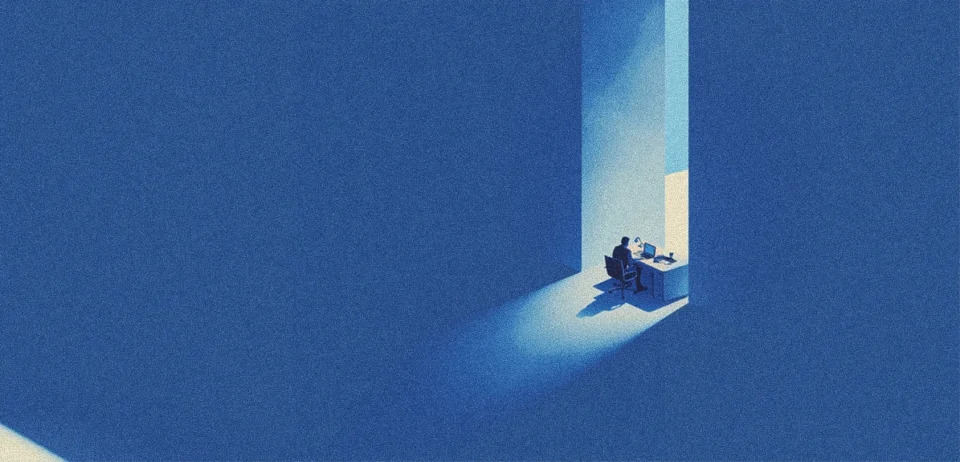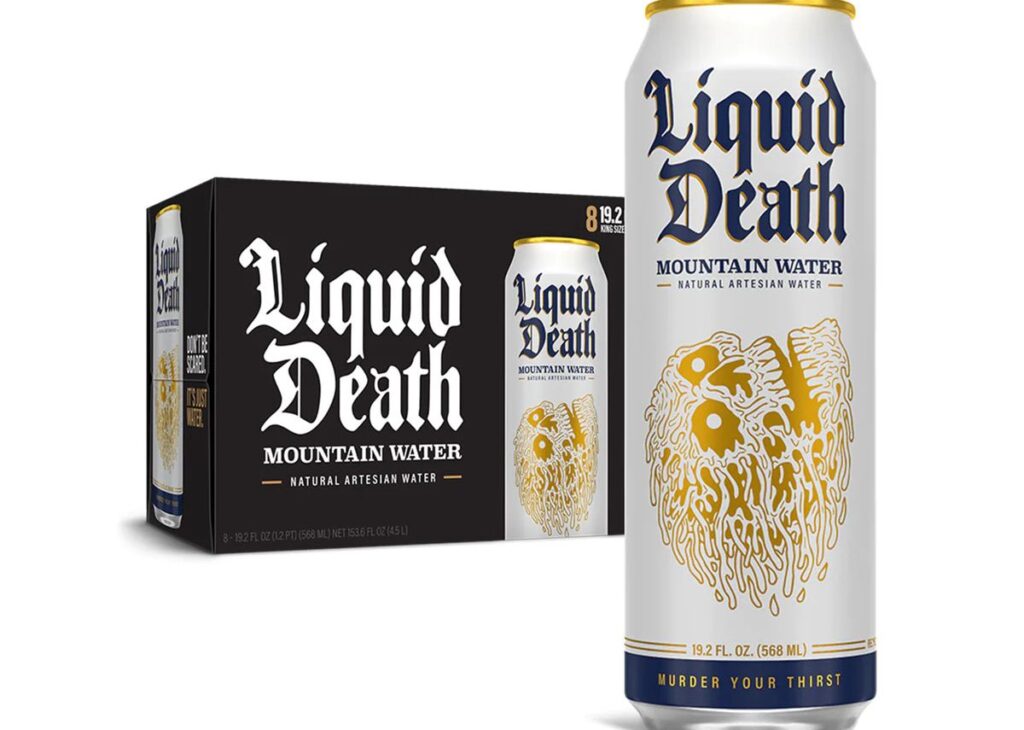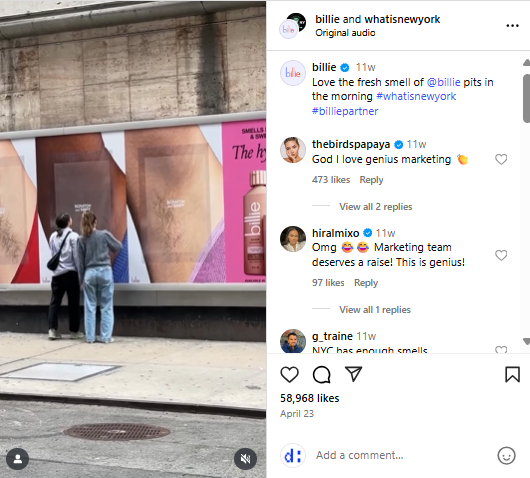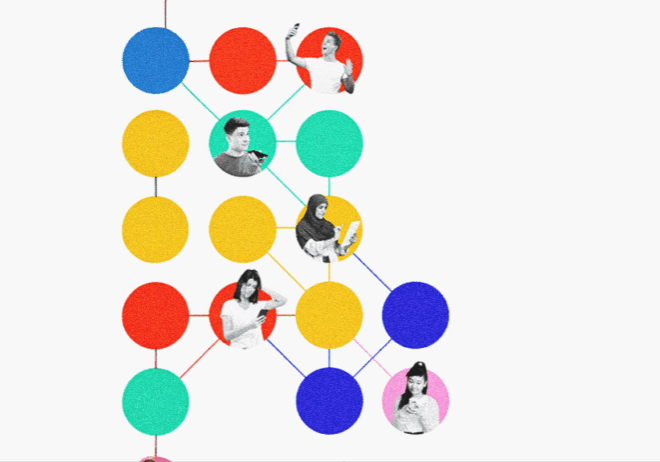
Why Blandvertising Fail in 2025 and Nobody Bothers Anymore?
Scroll through your feed, and you’ll notice something strange—everything looks… the same. The fonts, the soft pastel backgrounds, the stock-photo smiles, the chirpy-but-sanitized captions. You could swap logos between five different ads, and no one would notice.
That, right there, is blandvertising—branding so risk-averse, so polished, and so inoffensive that it becomes invisible. And it’s quietly suffocating creativity.
Let’s be honest: playing it safe might keep your brand out of trouble, but it also keeps you out of conversations. Silence is death in the hyper-distracted, noisy digital world of today.
What Is blandvertising?
“Blandvertising” refers to generic, uninspired advertising that leans heavily on tried-and-tested formulas. It’s the ad equivalent of white rice—neutral, forgettable, and unlikely to offend anyone. Think slogans that could belong to any brand (“Empowering You,” “Made for Life”), visuals straight from a stock image warehouse, and messaging that feels like it was written by a committee terrified of controversy.
It often stems from the fear of backlash or simply the inertia of big brands that default to safety. But the result? Campaigns that are instantly forgettable.
And that’s why blandvertising fails.
Safe ≠ Memorable
Let’s go back in time to the Super Bowl, where everyone’s eyes—and wallets—are on the television. Which advertisement you still able to remember? Was it the sleek but unclear luxury car spot? Or was it the chaotic, widely shared Doritos commercial with the llama that could travel through time? Odds are, it’s the weird one. Because humans don’t remember.
Research backs this up. A Nielsen study found that ads with above-average emotional responses from viewers cause a 23% increase in sales compared to those with average or below-average emotional impact. That means the more you stir a feeling—laughter, outrage, curiosity—the more likely your brand is to be remembered, and more importantly, acted on.
Playing it safe may keep your legal team happy, but it also guarantees your message disappears into the scroll.
When creativity wins, it wins big
To understand better, let’s examine a few successful and noticeable instances where defying expectations paid off.
Liquid Death
This canned water brand markets itself with punk-metal aesthetics and over-the-top messaging (“Murder Your Thirst”)—in a category known for crystal streams and Zen music. It worked. They turned water into a lifestyle brand, now worth over $700 million.

Pringles’ Flying Mustaches at the Super Bowl
Pringles leaned into absurdity for its 2025 Super Bowl teaser: floating mustaches over celebrities like Adam Brody, Nick Offerman, and James Harden—celebrating the mascot Mr. P. It’s silly, playful, and entirely memorable.
Billie’s Scratch‑and‑Sniff Posters
In April 2025, Billie innovatively previewed its new coconut‑vanilla deodorant with giant scratch‑and‑sniff posters in New York City—right in the heart of the subway. This IRL sensory campaign created chatter, brought the scent to life, and stood out in a digital-saturated world.

None of these examples are played by the book. But they all got noticed, sparked conversation, and shifted categories.
The real risk is being forgotten
Marketers often talk about “brand safety,” but in many cases, what they’re really doing is “brand blandification.” The fear of polarizing opinions has created a landscape of cautious, non-committal messaging. But the cost of creative timidity is relevant.
Let’s be clear: we’re not advocating for being offensive or reckless. We advocate for being authentic, distinct, and emotionally resonant. If your brand has no point of view, it is not of value. And when every other brand is zigging toward safety, zagging toward boldness can be your biggest asset.
Gen Z is especially tired of blandvertising
Gen Z grew up being sold to. According to the 2024 Edelman Trust Barometer Special Report: Brands and Politics, 58% of Gen Z say that if a brand doesn’t communicate its actions on societal issues, they assume it is doing nothing or hiding something. This generation craves honesty, quirkiness, and transparency—not vague platitudes and safe plays.
So, if your brand is still posting generic “Happy Earth Day” graphics with no sustainability efforts to back them up—you’re not just being boring, you’re being inauthentic.
Why blandvertising fails in 2025 (and beyond)
In a world overflowing with content, forgettable ads don’t stand a chance. Blandvertising fails because it avoids risks—and in doing so, it avoids impact.
- Algorithmic Blindness: With social media algorithms prioritizing engagement, bland ads that don’t spark any emotion or conversation get buried. You can pay for reach—but not for resonance.
- Audience Fatigue: Consumers are exposed to thousands of brand messages every day. Only the ones that break the mold stick. Bland messaging is cognitively filtered out before the second scroll.
- Loss of Brand Identity: When everyone’s saying the same thing in the same tone, category differentiation vanishes. Brands blend into one beige blur.
- No Cultural Currency: Culture rewards boldness. If your brand isn’t being quoted, memed, or parodied, you’re not in the conversation.
How to break the bland cycle
We get it—taking creative risks can feel like walking a tightrope without a net. But in today’s attention economy, blending in is the biggest risk of all. The brands that will thrive are the ones willing to be playful, polarizing, and real.
So, next time your team circles back on a campaign concept and says, “Can we make it safer?”—ask instead: “Can we make it braver?” Because you’re fading away if you’re not making an impression. Are you prepared to stand out in technicolor and abandon beige? Here are some ideas for getting started:
- Find Your Edge: What do you think people are scared to say about your brand? Declare it clearly and loudly.
- Speak Like a Human: Ditch the buzzwords. Write like you talk. Audiences crave honesty and voice.
- Take Creative Risks: Not every campaign has to be a safe bet. Try something unexpected. The weird idea in the brainstorm might just be the winner.
- Create for Culture, Not Just Clicks: Tap into trends, memes, and social commentary authentically. Don’t just jump on bandwagons—ride your own.
- Back It Up: If you’re going to be bold, make sure your product and practices walk the talk. Creativity works best when rooted in truth.
Cut to the chase
Blandvertising fails because safe is forgettable. Today’s audience wants honesty, edge, and emotion, not brand soup. The only way to cut through the noise is to be unafraid of turning heads. So go ahead—ditch the beige.


